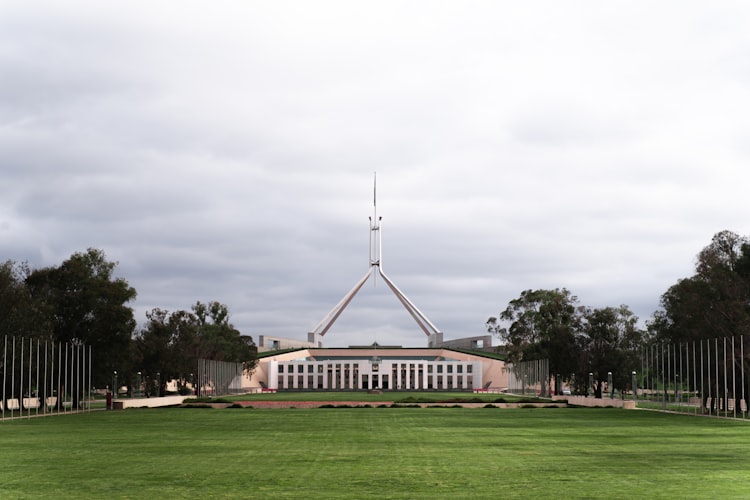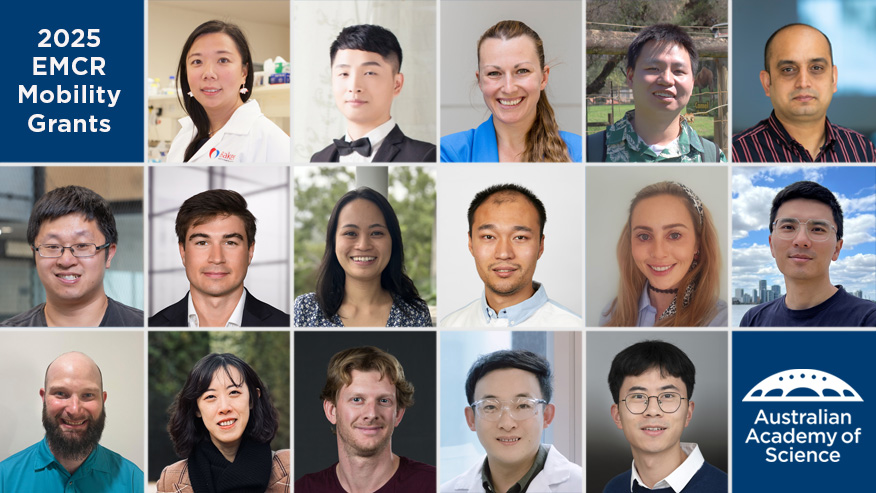
Curtin University, Telethon Kids Institute and Cancer Council WA are collaborating with Aboriginal Elders and communities in Perth and the Kimberley on a five-year project funded by the ³Ô¹ÏÍøÕ¾ Health and Medical Research Council to understand more about diet and sun exposure among Aboriginal people in Perth and the Kimberley.
Vitamin D is obtained from sun exposure and diet. Surprisingly, in a mostly sunny country like Australia, vitamin D deficiency is a public health issue. Among Aboriginal people, nearly one in three adults are vitamin D deficient; this increases to two in five among Aboriginal adults living in remote regions.
Vitamin D is essential for bone health, and vitamin D deficiency has been associated with a number of chronic diseases, such as diabetes and cardiovascular disease.
Dr Lucinda Black, Senior Research Fellow in the School of Public Health at Curtin University is the Chief Investigator on the project.
“Despite delays due to COVID-19, we have begun initial yarns with Elders in Perth and communities in the Kimberley (using web technology), to learn more about traditional diets and cooking methods, and sun exposure practices.
We will work closely with rangers to collect bush tucker and measure these foods for vitamin D.
“This will help us identify the best bush tucker sources of dietary vitamin D.
“We will also identify ways in which Aboriginal people can make sure they have safe sun exposure to promote good vitamin D status,” Dr Black said.
Based on community preferences, the project team will develop ways to promote sustainable consumption of bush tucker, traditional cooking methods, and safe sun exposure practices, to reduce vitamin D deficiency among Aboriginal people.








